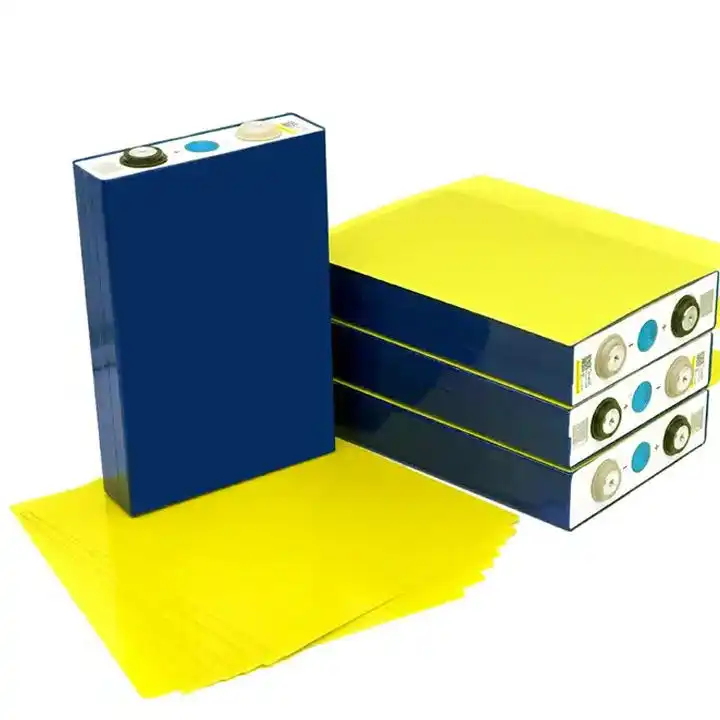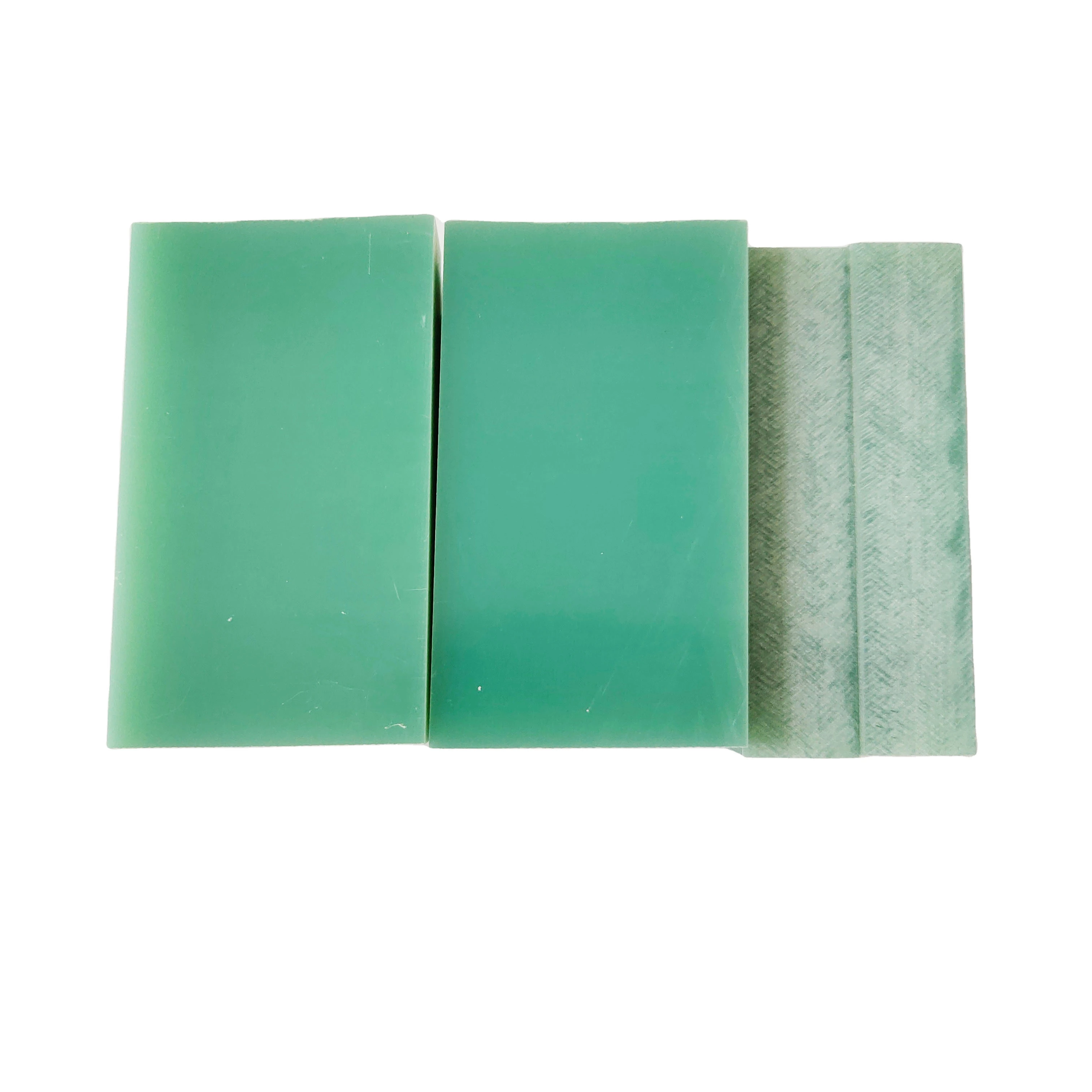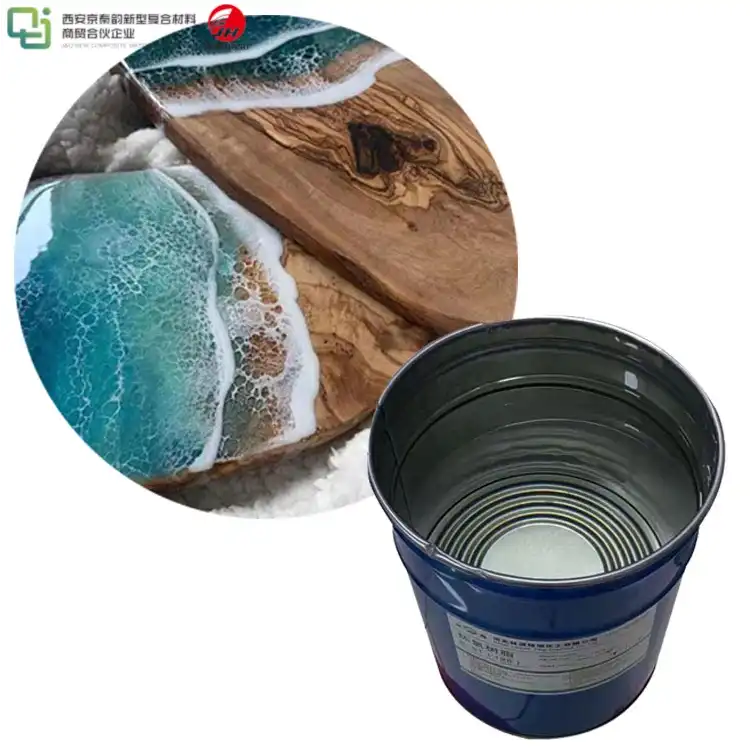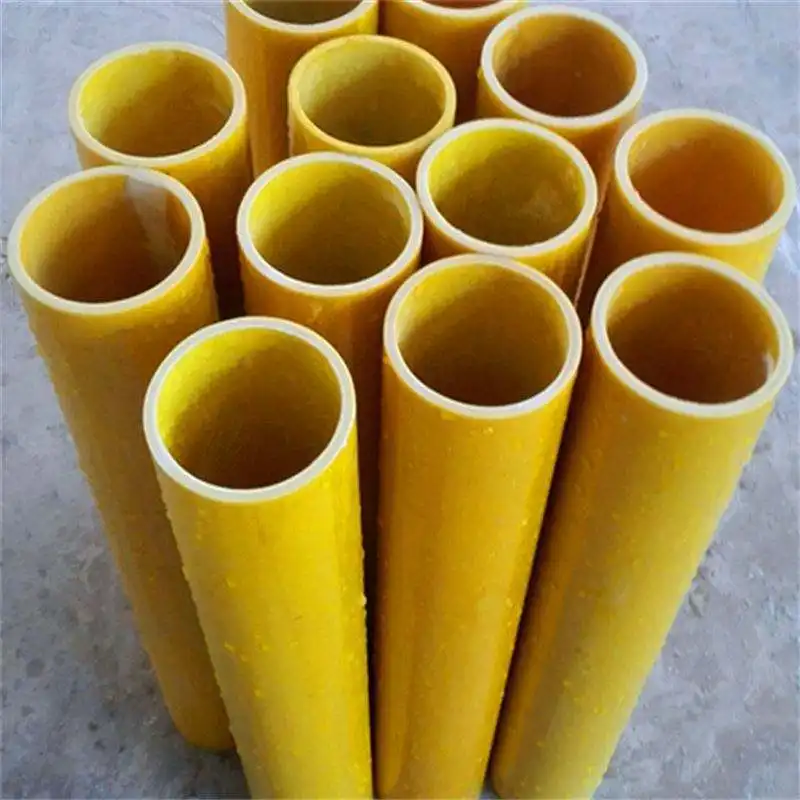The difference between G10 and FR4
2024-11-04 17:28:43
For optimal performance, safety, and dependability in electrical and electronic applications, selecting the appropriate insulating material is essential. G10 Epoxy Sheet and FR4 Epoxy Sheet are two popular choices that are frequently discussed. Even though these materials have a few things in common, they also have their own distinct qualities that set them apart. This comprehensive guide will discuss the intricacies of G10 and FR4, assisting you in making an informed choice for your particular requirements.
Understanding G10 and FR4: Composition and Manufacturing
The Composition of G10
G10 Epoxy Sheet is a high-pressure thermoset fiberglass laminate that combines exceptional strength with superior electrical insulation properties. It consists of a continuous filament glass cloth substrate impregnated with an epoxy resin binder. The material undergoes a carefully controlled curing process, resulting in a dense, uniform structure with remarkable mechanical and electrical characteristics.
The Composition of FR4
Additionally, FR4 Epoxy Sheet, which stands for Flame Retardant 4, is an epoxy laminate with glass reinforcement. However, in order to improve its fire resistance, it incorporates specific additives with flame retardant properties. Similar to G10, the base material is woven fiberglass cloth with an epoxy resin binder and brominated flame retardants added.
Manufacturing Processes
Both G10 Epoxy Sheet and FR4 Epoxy Sheet are manufactured using similar processes, involving the impregnation of glass fabric with resin, followed by heat and pressure application. The key difference lies in the specific additives and curing conditions used, which contribute to their unique properties.
Comparing G10 and FR4: Key Properties and Performance
Mechanical Strength and Durability
G10 Epoxy Sheet generally exhibits superior mechanical strength compared to FR4 Epoxy Sheet. It boasts higher flexural strength, tensile strength, and compressive strength, making it an excellent choice for applications requiring robust structural integrity. G10's enhanced durability makes it particularly suitable for high-stress environments and applications involving repetitive mechanical loads.
Electrical Insulation Properties
Both G10 Epoxy Sheet and FR4 Epoxy Sheet offer excellent electrical insulation properties, but G10 Epoxy Sheet typically outperforms FR4 in this aspect. G10 Epoxy Sheet maintains its insulative characteristics across a broader range of temperatures and environmental conditions, making it ideal for high-voltage applications and situations where consistent electrical performance is critical.
Thermal Performance and Stability
When it comes to thermal performance, G10 generally has a slight edge over FR4. It exhibits better dimensional stability at elevated temperatures and can withstand higher continuous operating temperatures without significant degradation of its mechanical or electrical properties. This makes G10 a preferred choice for applications involving extreme temperature fluctuations or prolonged exposure to heat.
Applications and Industry-Specific Considerations
G10 Applications
G10 is widely utilized across various industries, thanks to its remarkable blend of mechanical strength and electrical insulation properties. Common applications include high-voltage insulators and bushings, where reliability is crucial. In the aerospace and defense sectors, it is used for critical components that require durability under extreme conditions. Additionally, G10 serves as structural supports in electrical equipment, is effective in cryogenic applications, and is favored for precision machined parts in industrial machinery, making it a versatile choice for demanding environments.
FR4 Applications
FR4 Epoxy Resin Sheet is extensively used in the electronics industry, especially for manufacturing printed circuit boards (PCBs), thanks to its excellent flame-retardant properties. This makes it particularly suitable for applications where fire safety is a top priority. Common uses of FR4 include multilayer and double-sided PCBs, which are essential for modern electronic devices. It is also found in electrical enclosures and housings, semiconductor test fixtures, insulating components in consumer electronics, and structural elements in telecommunications equipment, highlighting its versatility and reliability in various high-tech applications.
Industry-Specific Considerations
When choosing between G10 and FR4, it's essential to consider industry-specific requirements and regulations. For instance, the aerospace industry often prefers G10 for its superior mechanical properties and resistance to extreme conditions. On the other hand, the consumer electronics sector frequently opts for FR4 due to its flame-retardant properties and cost-effectiveness in high-volume production.
Making the best decision between G10 and FR4 requires an understanding of the particular requirements of your application and sector. To make sure the chosen material satisfies your unique needs, factors including the operating environment, regulatory compliance, and performance requirements should all be carefully considered.

Cost Considerations and Long-Term Value
Initial Cost Comparison
When comparing the upfront costs of G10 and FR4, FR4 generally comes out as the more economical option. Its widespread use in the electronics industry and established manufacturing processes contribute to its cost-effectiveness, especially for large-scale production runs. G10 Epoxy Sheet, while more expensive initially, offers superior performance characteristics that may justify the higher cost in certain applications.
Long-Term Performance and Durability
While G10 may have a higher upfront cost, its exceptional durability and long-term performance can result in significant cost savings over time. The material's resistance to wear, environmental factors, and mechanical stress can lead to reduced maintenance and replacement costs, particularly in demanding applications. When evaluating the total cost of ownership, it's crucial to consider these long-term benefits alongside the initial investment.
Value Analysis for Specific Applications
To determine the best value for your specific application, it's essential to conduct a comprehensive analysis that takes into account factors such as:
- Expected lifespan of the component or product
- Performance requirements and tolerances
- Environmental conditions and potential stressors
- Regulatory compliance and industry standards
- Maintenance and replacement costs
By carefully weighing these factors against the properties of G10 and FR4, you can make an informed decision that balances cost considerations with performance requirements.
Conclusion
The final decision between G10 Epoxy Sheet and FR4 Epoxy Sheet is based on the particular needs of your industry and application. When high mechanical strength, good electrical insulation, and exceptional thermal stability are required, G10 performs exceptionally well. Applications needing long-term dependability under harsh circumstances and high-stress situations are especially well-suited for it. In contrast, FR4 provides an affordable option for uses like the electronics sector where flame retardancy is a top priority. It is a mainstay in many electrical and electronic applications because to its extensive use in PCB production.
Contact Us
If you're still unsure about which material is best suited for your needs or if you require high-quality insulating sheets for your project, don't hesitate to reach out to our team of experts. With over 20 years of experience in producing and selling insulating sheets, we're here to provide you with personalized guidance and top-notch products. Contact us today at info@jhd-material.com to discuss your requirements and find the perfect solution for your application.
References
1. Smith, J. A. (2019). "Advanced Composite Materials in Electrical Engineering: A Comprehensive Guide."
2. Johnson, R. K., & Lee, S. M. (2020). "Comparative Analysis of G10 and FR4 Laminates in High-Performance Applications."
3. Thompson, E. L. (2018). "Thermal and Mechanical Properties of Glass-Reinforced Epoxy Composites."
4. Zhang, Y., & Chen, H. (2021). "Flame Retardant Mechanisms in FR4 and Their Impact on Electrical Performance."
5. Brown, D. R., et al. (2017). "Long-Term Durability of G10 Composites in Extreme Environments."
6. Miller, A. B. (2022). "Cost-Benefit Analysis of High-Performance Insulating Materials in Modern Electronics."







